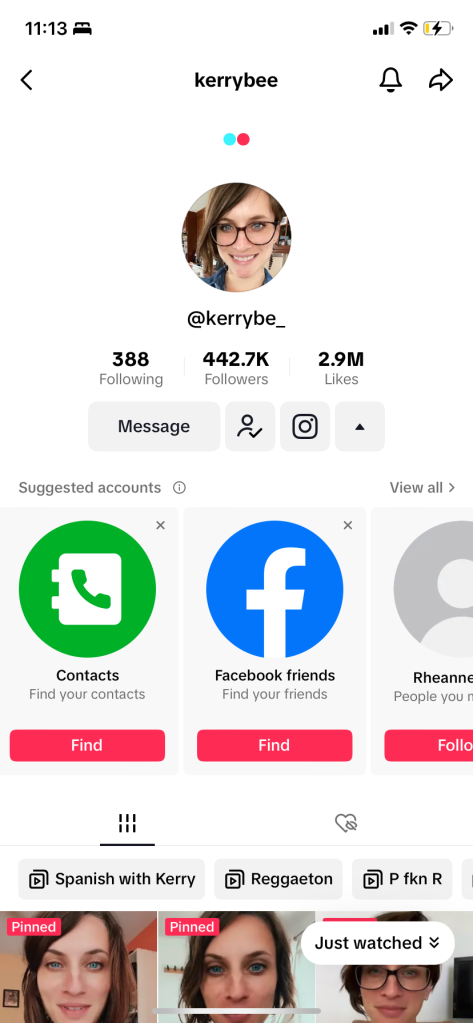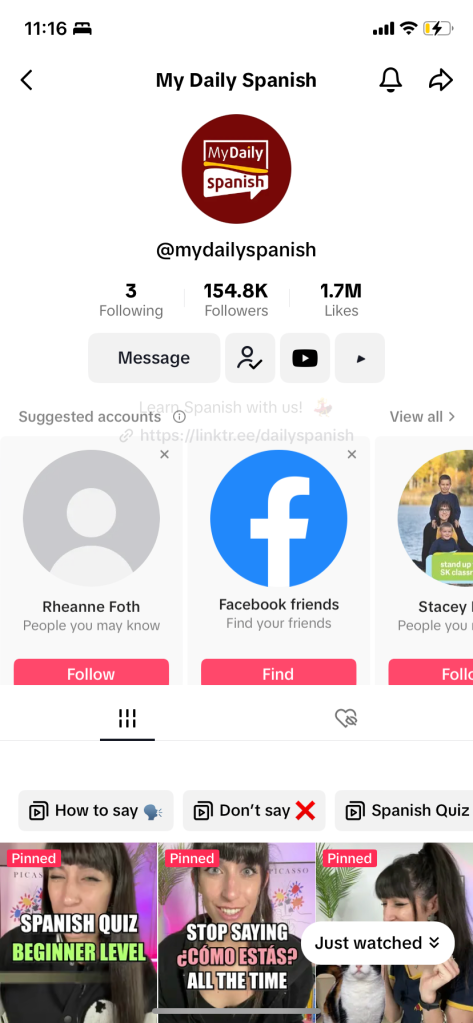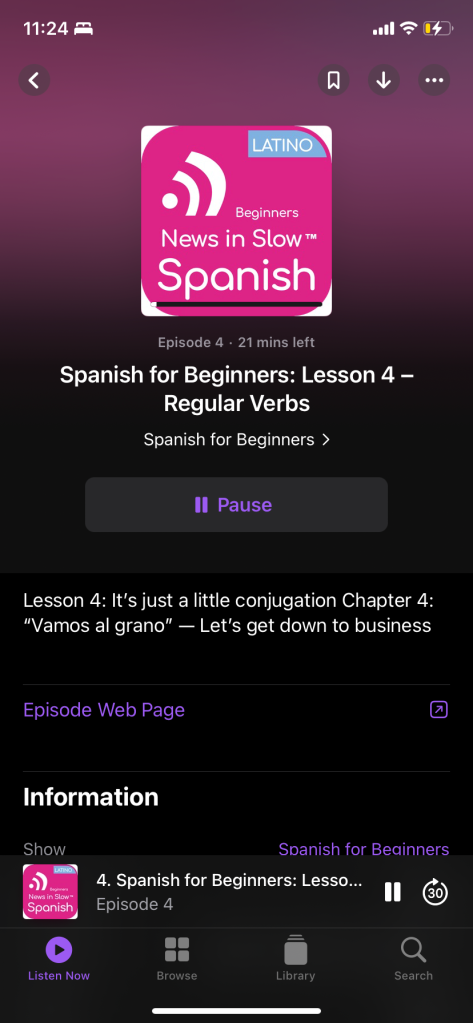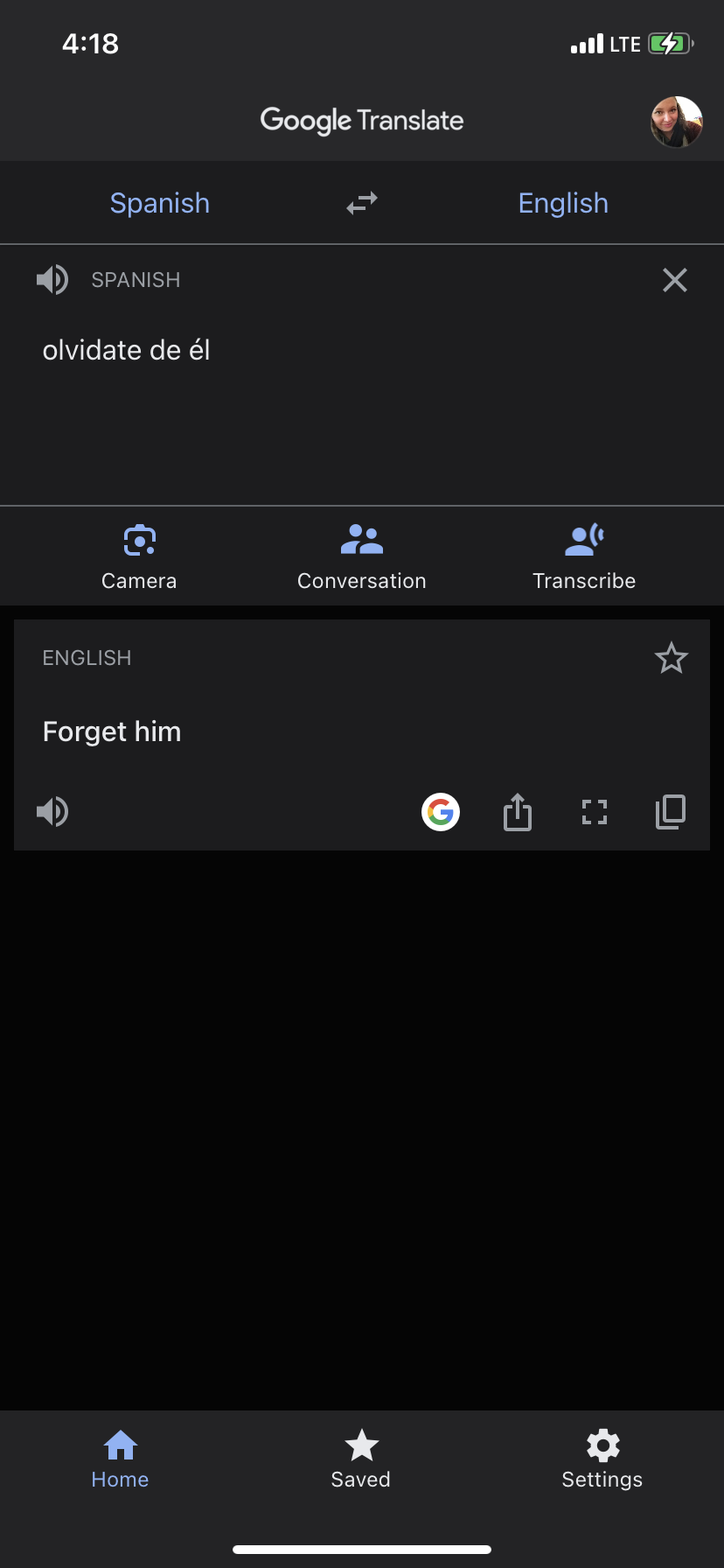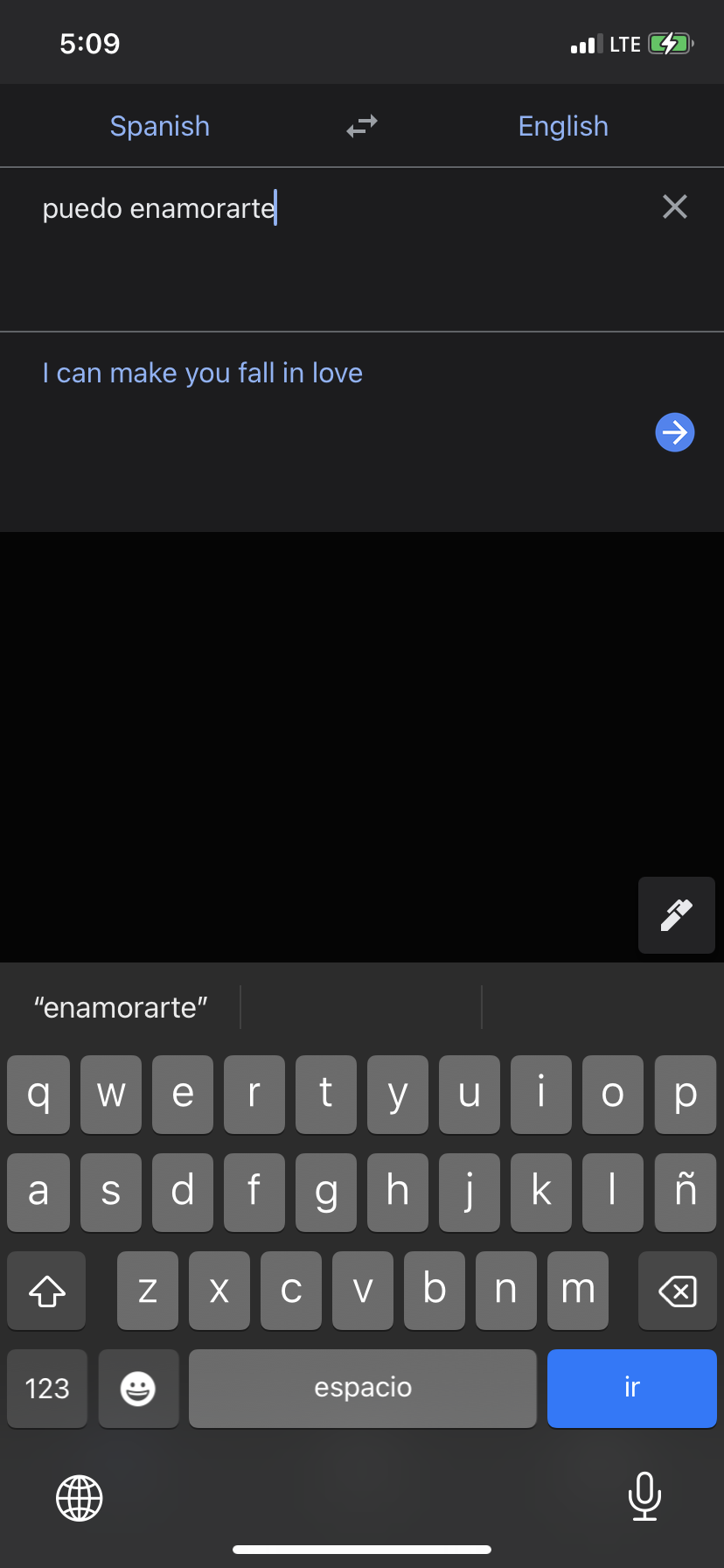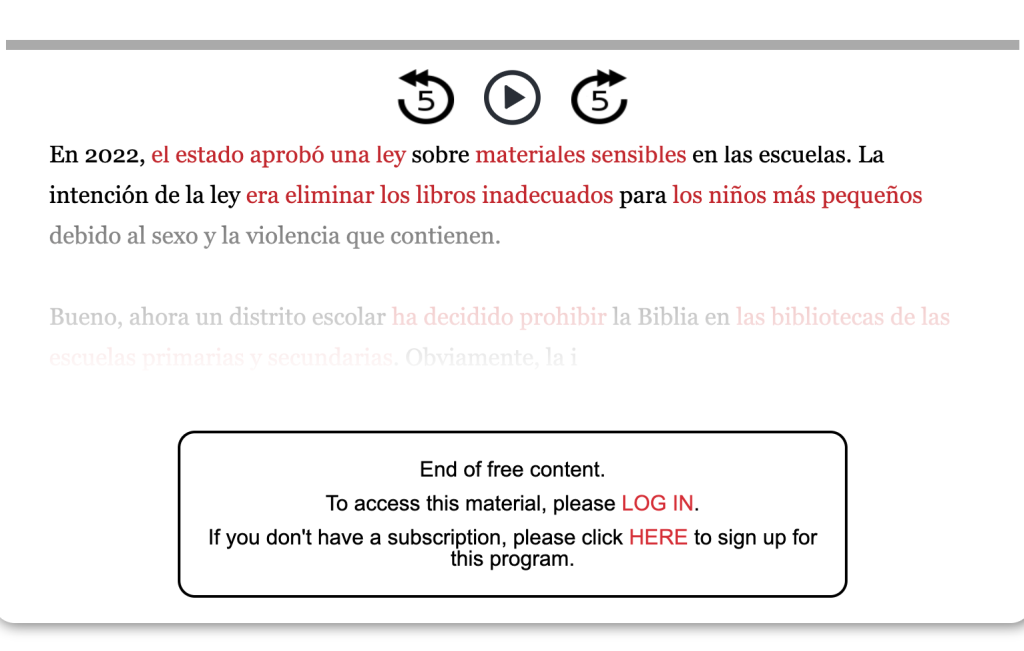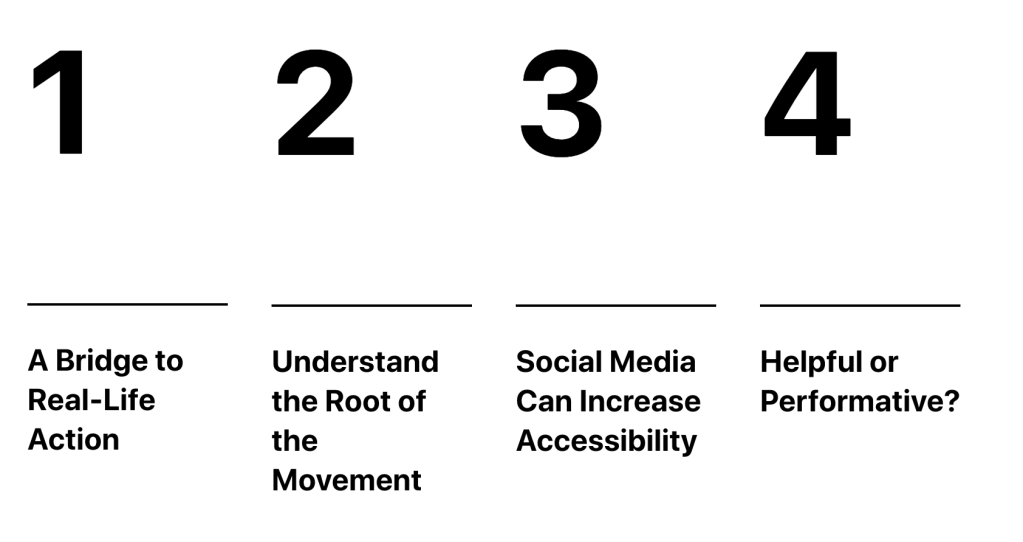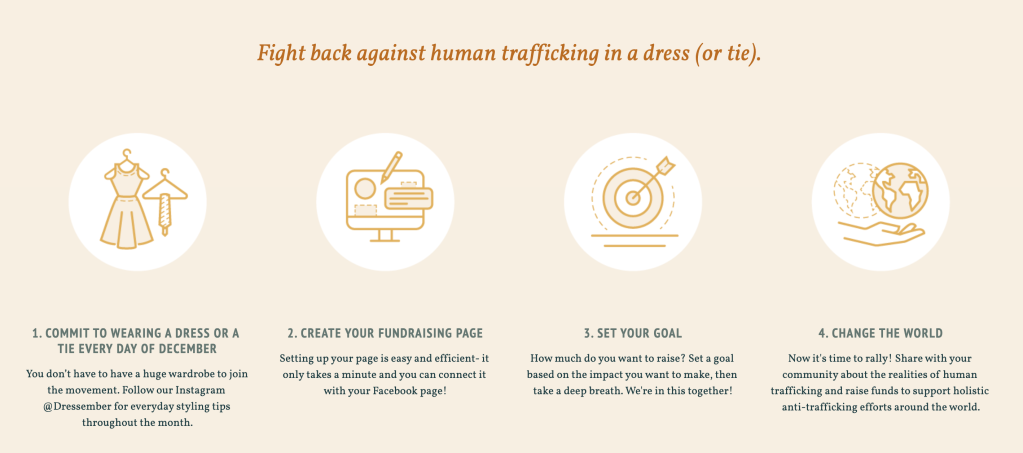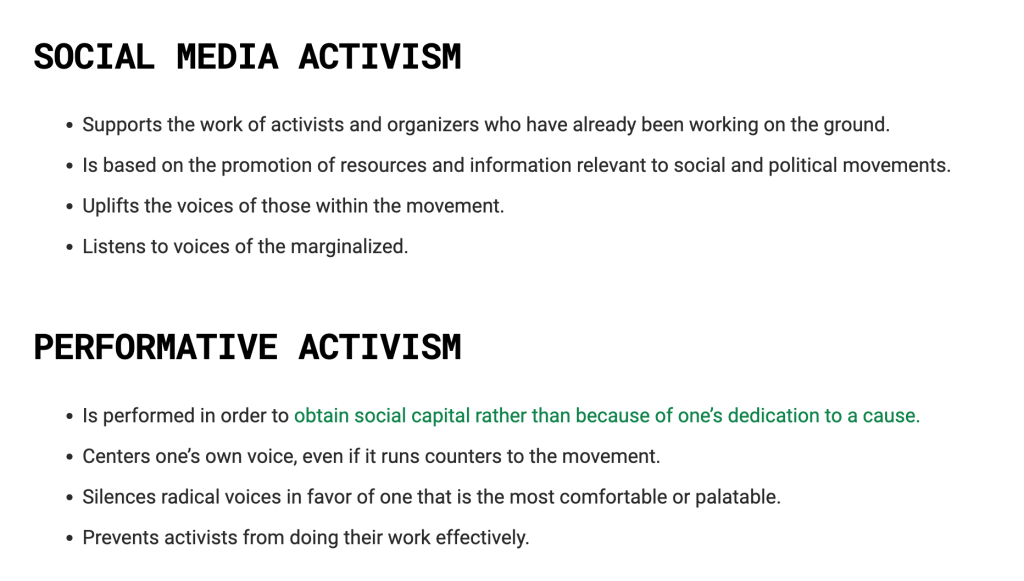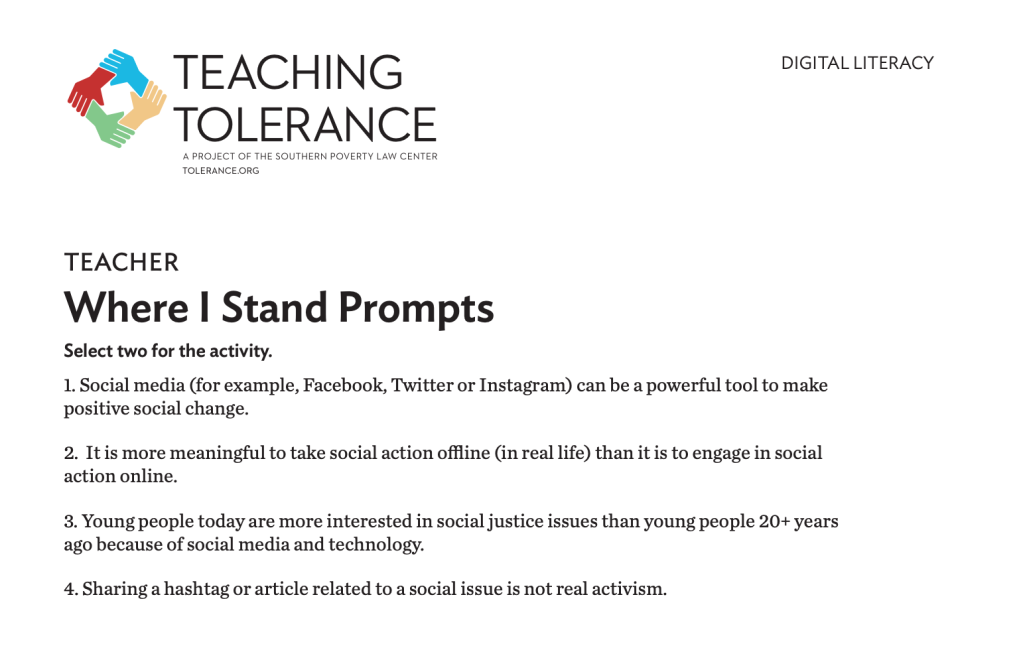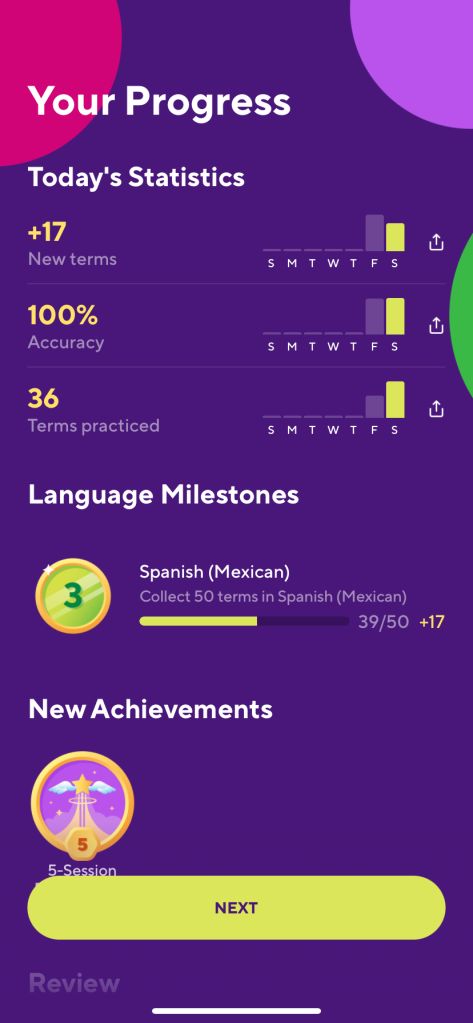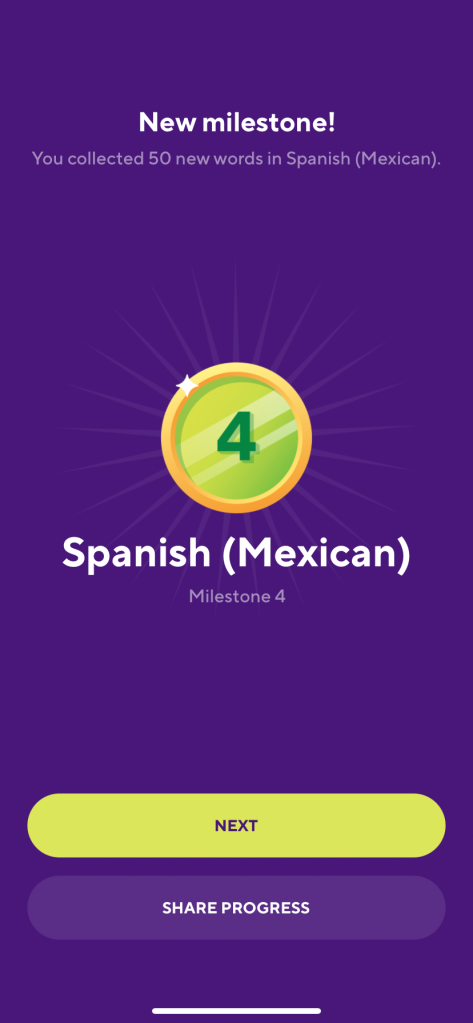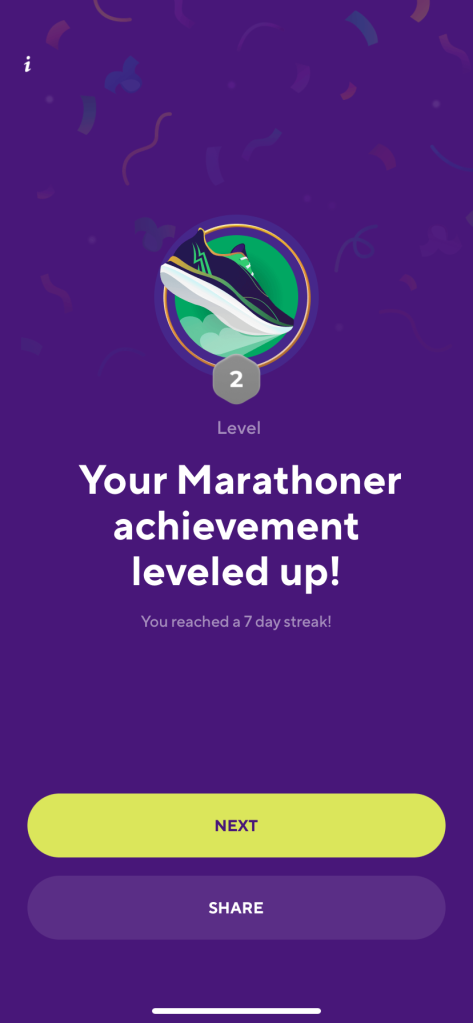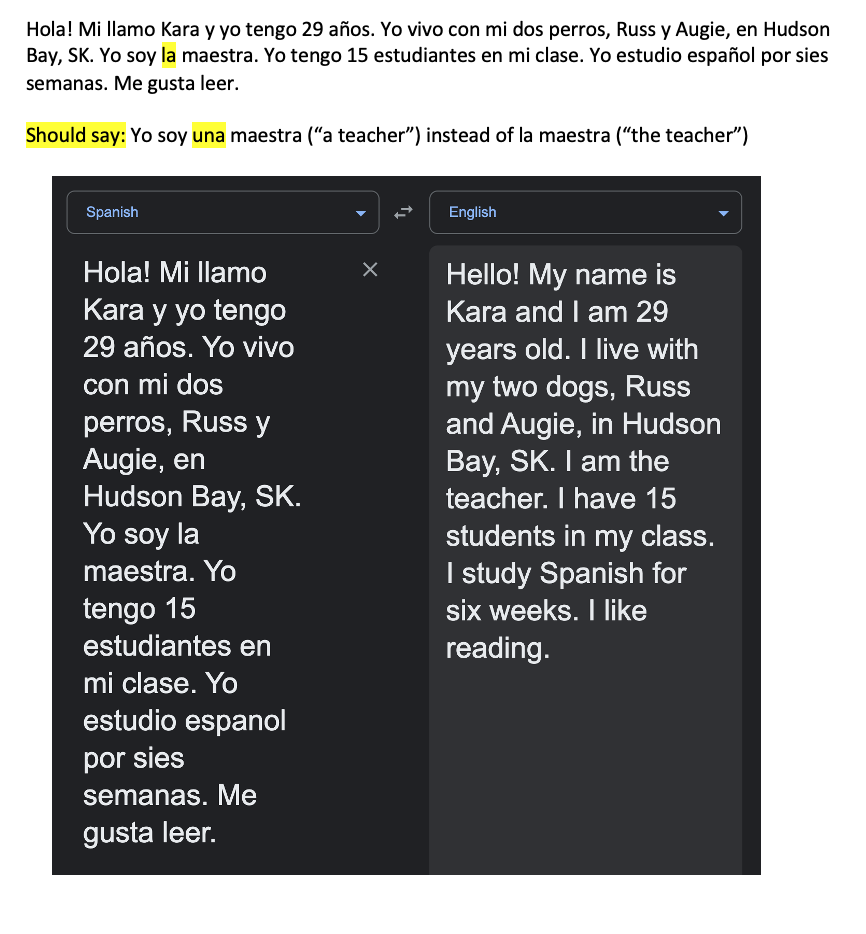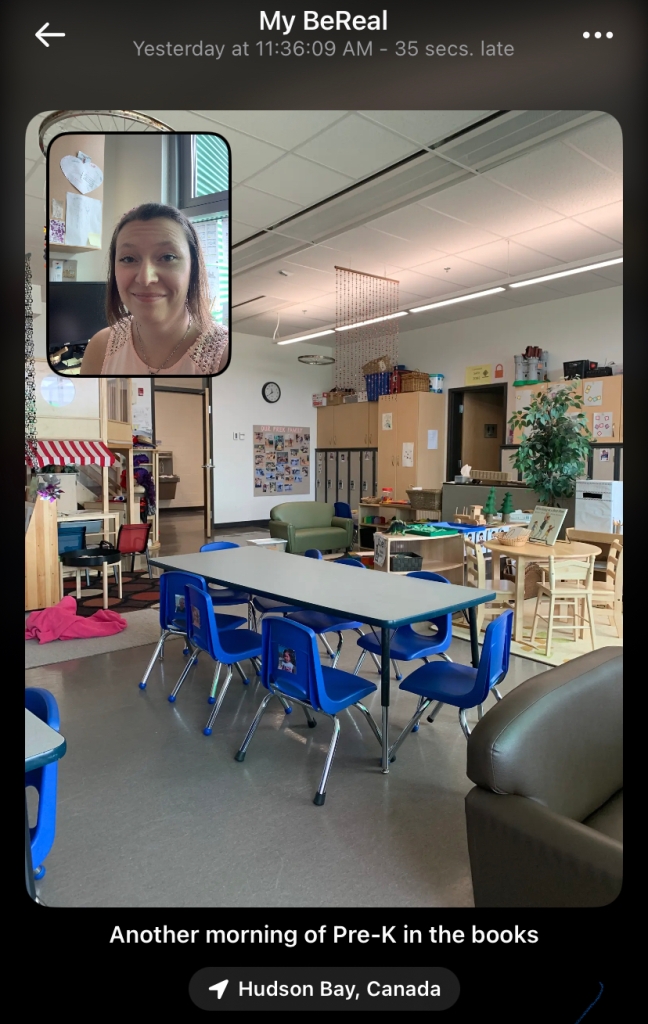Prior to our presentation from guest speaker Alan Levine (AKA Cog Dog) this week, I wasn’t sure what ‘open education’ meant or what it entailed. I figured it was an approach to education, or a tangible ‘thing,’ but now I understand it to be a mindset. Alan described it as a belief that education should be fully accessible to everyone. As a teacher in the public education system, this is something I wholeheartedly believe in.
One of the videos I watched from this week’s resources was “Why Open Education Matters,” which discussed why free public education is important. While this video was short and sweet, the onslaught of thinking I had as a result was quite the opposite – so buckle up! My thinking went in two directions as I viewed this video:
- The Sask DLC and Corporatization of Education
Warning! Controversial Topic Alert!
Since attending STF’s Annual Meeting of Council and the Rally for Public Education at the end of April, issues surrounding the newly-minted Sask DLC have been a hot-button topic on my mind. Many of the logistics of exactly how the Sask DLC’s courses will roll out in the fall are still unknown and a ‘grey area.’
At first glance, one might think that the Sask DLC is a great example of open education, as students can access an array of unique courses in an online format to make them more accessible. However, each school division is only being given a certain number of spaces for their in-house students to take Sask DLC classes. If a student does not get one of these (limited) spaces, they can still take Sask DLC classes IF they want to pay $500 per course.
Disappointed and frustrated doesn’t begin to describe how I feel on this subject. Currently, my school division (and many others, as I understand it) has an abundance of in-house online course offerings for our students. Going forward with the Sask DLC, students who want to take extra online classes that are of interest to them or fit better into their schedule are going to have to pay tuition? This is no longer free, public education but a private corporation that is profiting (on top of being funded $57 million dollars from the government for its start-up).
I could go on about this for quite a while (and even did some fact-checking and sharing on a Facebook post of mine on the topic, which drew some questions from a Facebook friend this week – I am trying to embody being an activist on my social media!), but in the interest of your time and the length of this post, I will just end by saying that I found the Sask DLC to be an interesting case study to consider in relation to the tenets of open education.
2. Capitalism and Putting Monetary Value on Education
While listening to the aforementioned video and contemplating free education, I thought: “But the education I’m getting as a graduate student has worth and value, and I feel it has been worth the literal price I’ve paid for it.” Then my train of thought went to questions such as: “Do we want all education to be free?” “Would education have less value or reverence if it didn’t cost a lot?” “Isn’t part of the incentive to finish/do well in university classes due to the money you are shelling out?”
Then I caught myself and realized I was thinking with my Western, capitalism-steeped brain.
(Sorry to get deep into scholar mode here – I’m concurrently taking my capstone synthesis course and we have done a lot of discussion on Western thinking, capitalism, democracy, colonialism, and the like) The instinct to put monetary value on everything (including knowledge and education) is a Western, capitalistic practice. I instantly balked at the thought of free university education because I have been conditioned to think that way. In our culture, obtaining a university degree is a symbol of status and post-secondary education is correlated with a price tag. You pay the big bucks to (hopefully) make the big bucks and get prestige in return. Yet, there are many countries that offer free post-secondary education. In these places, education is not tied to monetary value but its inherent value to better society.
During Alan’s presentation, the question of “Why don’t teachers like to share?” came up a few times. I think our Western views are creating a lot of this resistance to open education. Until we have some cultural shifts and truly see education as a common good with intrinsic value, things will remain largely competitive and corporate, rather than collectivist.
In Conclusion
At the outset of writing this post, I am left with many questions about open education and how it interacts with the realities of our current education system. However, I do have a better understanding of what open education is and what it values. I believe it is a beneficial mindset that fosters sharing, remixing, and constant improvement. That being said, the current state of our Western society and rigid, compartmentalized education system, in many ways, goes against this and is perhaps what makes open education difficult to grasp or envision. It is my hope that we will continue to see open education become a reality in our province and our world – it might just take some time and a lot of mindset shifting.
(My apologies that this blog post came out quite formal-sounding and scholarly. I just finished writing my final reflective paper for my master’s program, so I think my brain is still in that mode. I appreciate it if you read to the end and were willing to engage with a post that was a bit more cerebral than a typical blog usually is!)
If anyone has feedback or opinions on any of this, I would love to have an honest conversation with you! Sound off in the comments!
Until next time,
-KKF


